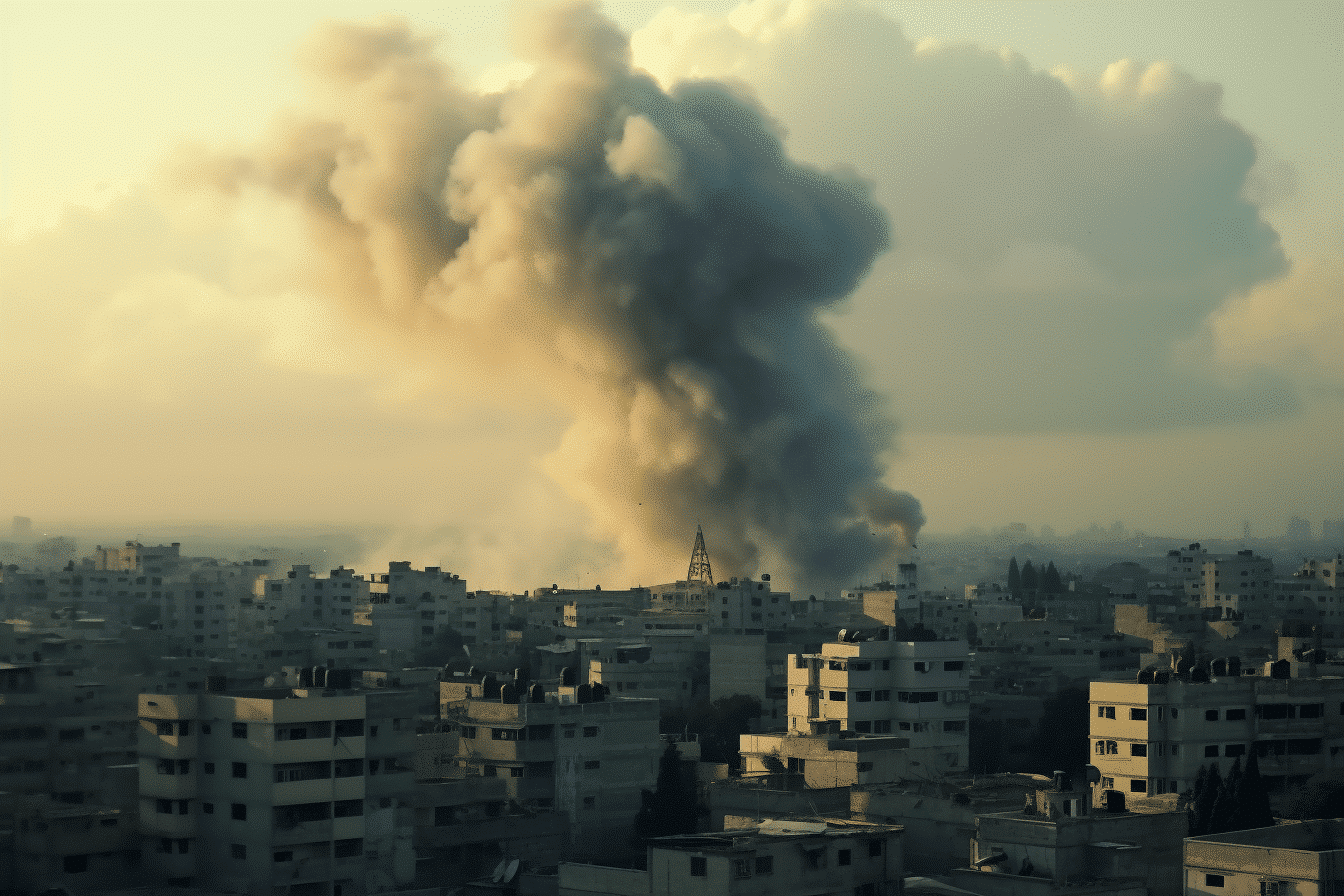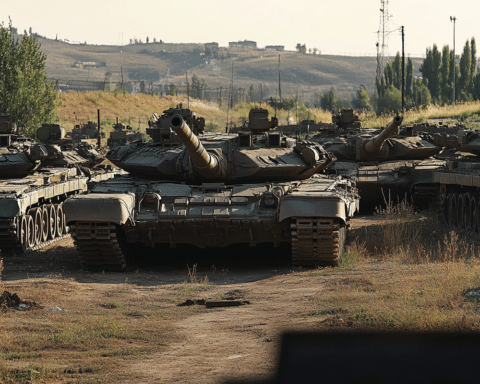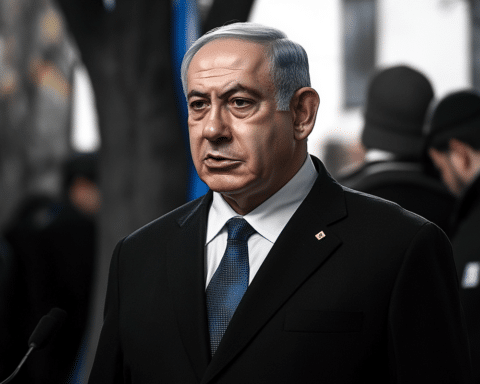The fragile peace in the Gaza Strip shattered as Israeli airstrikes recommenced following the collapse of a weeklong truce with Hamas. This resurgence of conflict has reignited fears of escalating violence and humanitarian crises. In Gaza, black smoke enveloped the sky, marking the intensity of the Israeli attacks on residential areas. Simultaneously, Hamas militants claimed responsibility for rocket attacks on several Israeli communal farms. The conflict, entering a new phase, has not only threatened the lives of millions in Gaza but also strained international diplomatic efforts.
As the ceasefire expired, Israeli forces launched airstrikes targeting houses and buildings in Gaza, marking an abrupt end to the weeklong truce. The Gaza Health Ministry reported numerous Palestinian casualties amidst the turmoil. In a strategic move, Israel disseminated leaflets in Gaza City and the southern region, urging civilians to evacuate, indicating an intensification of military operations.
Concurrently, in Israel, sirens blared, signalling the threat of incoming rockets from Gaza. This exchange of hostilities underscores the fragile nature of the ceasefire and the complexity of the Israeli-Hamas conflict.
The densely populated Gaza Strip, home to around 2 million people, now faces an exacerbated humanitarian crisis. With limited options for safe relocation and the ongoing ground assault by Israeli forces, the residents of Gaza find themselves in a dire situation. Adding to the complexity, are the approximately 140 hostages still held by Hamas and other militant groups, raising international concerns.
Qatar and Egypt, acting as mediators, continued their efforts to reinstate the ceasefire. However, these efforts were complicated by mutual accusations between Israel and Hamas regarding the truce’s collapse. Qatar’s Foreign Ministry specifically criticized Israel’s actions, stating they hindered mediation and worsened the humanitarian situation.
U.S. Secretary of State Antony Blinken, engaging with Israeli officials, emphasized the need to protect Palestinian civilians. However, Israeli Prime Minister Benjamin Netanyahu’s response remained uncertain despite pressure from the U.S., Israel’s key ally. Netanyahu’s administration stressed its commitment to the war objectives, including the release of hostages and the neutralization of Hamas as a threat.
In a tactical move, the Israeli military issued a map dividing Gaza into numbered sectors, advising residents to be aware of their location for potential evacuations. However, the practicality of these instructions remained questionable, given the lack of safe zones and clarity on evacuation procedures.
Within hours of renewed bombings, the death toll in Gaza rose sharply. Israel claimed to have hit over 200 Hamas targets, while Gaza’s Health Ministry reported extensive civilian casualties, including a significant number of women and children.
The conflict, which reignited after an attack by Hamas and other Palestinian militants on October 7, has resulted in a staggering loss of life, primarily civilians, and has plunged the region into deeper turmoil.
The resumption of hostilities between Israel and Hamas after a brief truce signals a concerning escalation in the conflict. With both sides resuming attacks, the plight of civilians in Gaza worsens, and diplomatic efforts face significant challenges. The international community focuses on resuming ceasefire talks and addressing the humanitarian crisis. However, the path to a lasting peace remains fraught with complexities and uncertainties, as both parties stand firm on their stances, leaving the fate of millions in the balance.




